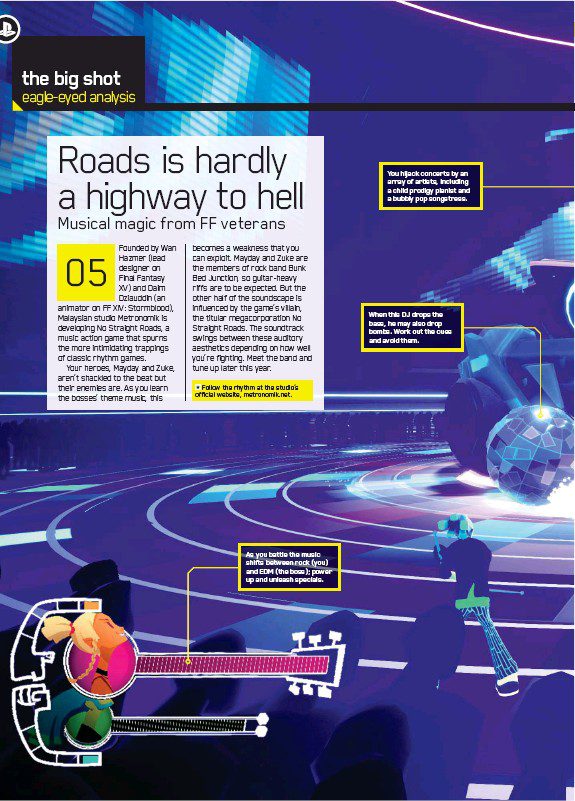EDM and classical music are two contrasting musical styles. Originating in the 1970s and ’80s, EDM heavily relies on modern technology with different beats and sounds to create new sonic experiences, while classical music has a rich, centuries-long tradition that dates back to the 17th century, featuring rich harmonies and intricate melodies with primary composition for orchestras. EDM has a repetitive beat, catchy hooks, and heavy use of electronic instruments. Conversely, classical music is complex in structure and nuances in melody, making it appealing to high culture events such as weddings and galas. Both genres have their appeal and offer distinct listening experiences, aiming to elicit emotion and create lasting memories.
EDM vs. Classical: The Battle of Soundscapes
EDM and classical music are two genres that exist on opposite ends of the spectrum. They represent the opposite poles of the music world, with one being heavily influenced by modern technology, and the other steeped in centuries-old classical traditions. They both have their unique features and styles, but they both share the same goal – to elicit emotion and create a memorable sonic landscape for the listener. This article will compare and contrast these two genres in terms of their origins, musical structure, and appeal.
The Origins of EDM and Classical Music
The origins of the EDM can be traced back to the 1970s when electronic instruments started to become more accessible to musicians. The genre came into its own in the 1980s with the emergence of dance clubs and festivals. DJs began to experiment with different beats, samples, and sounds to create new sonic experiences for their audiences. As technology advanced, so did the sound of EDM, with subgenres such as techno, trance, and dubstep emerging in the 1990s and early 2000s.
Classical music, on the other hand, has a long and rich history that dates back to the 17th century. The genre was heavily influenced by the Classical period, which took place during the 18th and early 19th centuries. The music was primarily composed for orchestras and featured stringed instruments such as the violin and cello. Classical music is known for its rich harmonies, intricate melodies, and sophisticated structure.
The Musical Structure of EDM and Classical Music
EDM and classical music have vastly different musical structures. EDM is characterized by its repetitive beats, catchy hooks, and heavy use of electronic instruments. The genre is known for its buildups and drops, which are designed to elicit an emotional response from the listener. EDM tracks typically feature a BPM (beats per minute) ranging from 120 to 160 and often feature samples and loops from other songs.
Classical music, on the other hand, is known for its complex structures and nuanced melodies. The music is composed for orchestras and features a wide variety of instruments, including brass, woodwinds, and percussion. Classical music often utilizes sonata form, which consists of three parts: exposition, development, and recapitulation. The structure is designed to create tension and release, with the music building to a climax before resolving back to the main theme.
The Appeal of EDM and Classical Music
EDM and classical music have very different appeals. EDM is designed to be a high-energy, dance-inducing genre that is intended to be experienced live. The music is often played at clubs and festivals and is designed to create a collective experience among the audience. The appeal of EDM lies in its accessibility, as it uses simple, repetitive beats that are easy to follow along with.
Classical music, on the other hand, is known for its elegance, sophistication, and intellectualism. The music is often seen as a symbol of high culture and is typically associated with formal events such as weddings and galas. The appeal of classical music lies in its complexity, with each piece requiring a great deal of skill and technical ability to perform.
Conclusion
In conclusion, EDM and classical music are two vastly different genres that offer unique listening experiences. While EDM is a product of modern technology and is designed to be accessible to a wide audience, classical music is a product of centuries-old traditions and is steeped in sophistication and complexity. Both genres have their unique appeal, and both offer listeners the opportunity to experience memorable soundscapes that are designed to elicit emotion and create lasting memories.
